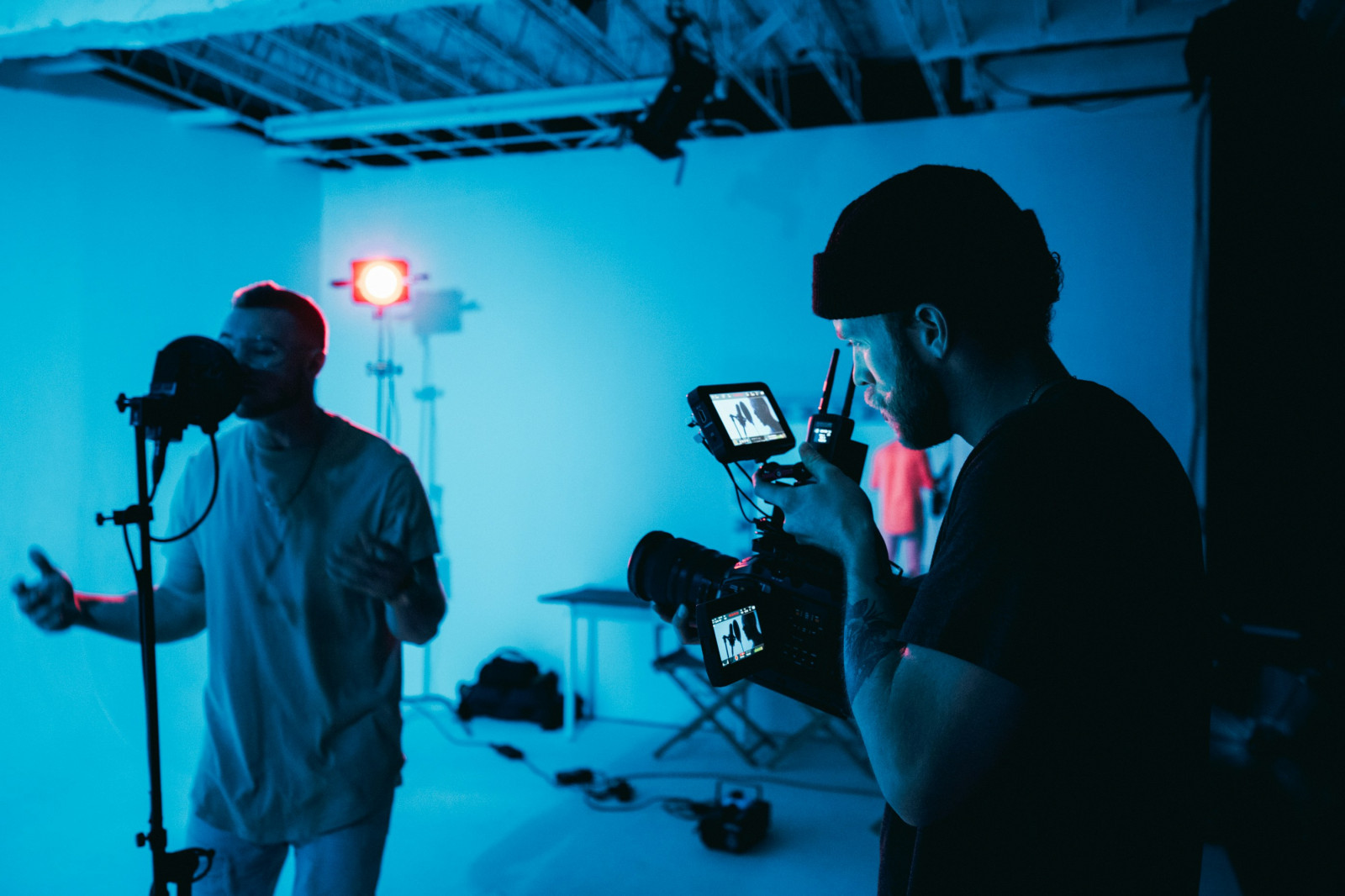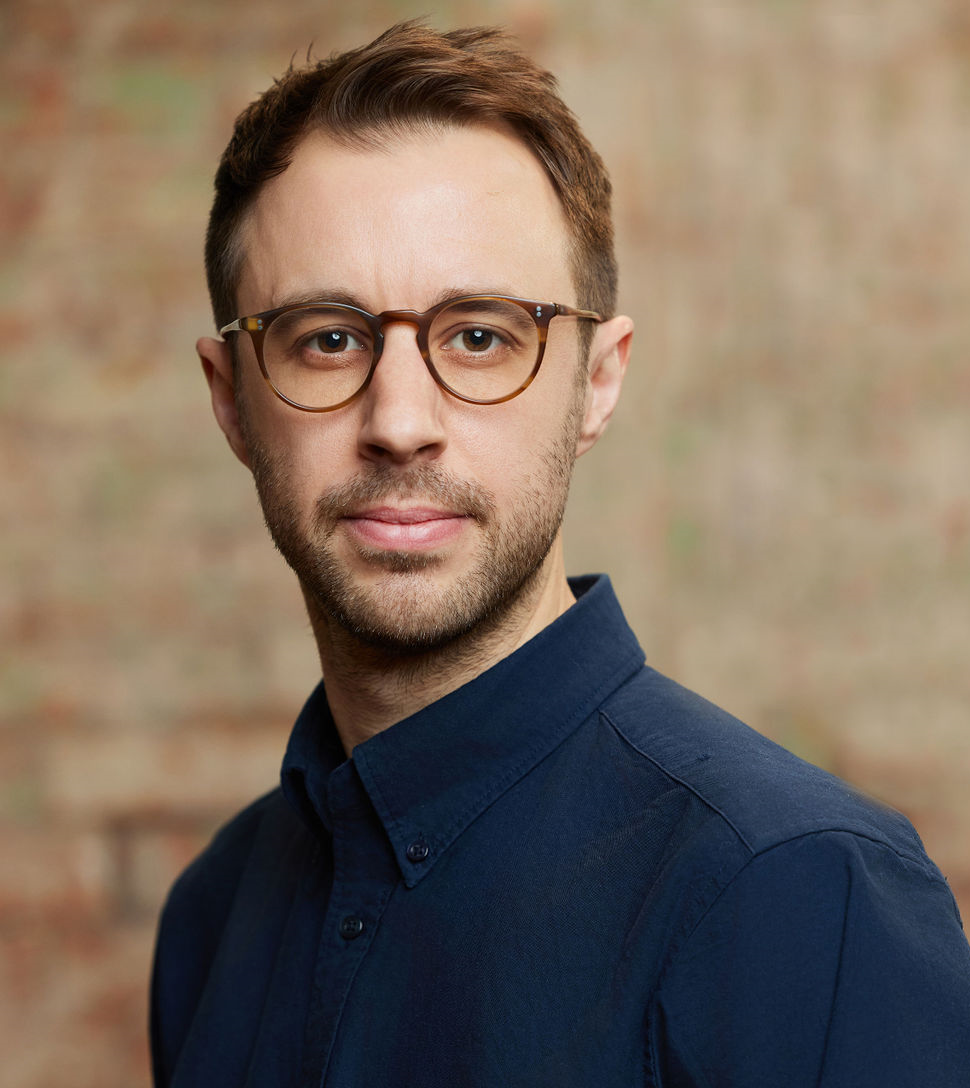Hardware’s AI moment will help video creators do more with less

Photo: Kai Visuals

It has been a tumultuous time for hardware companies working in video creation. Revenues have been impacted by two forces: a tough macroeconomic climate and industrial action. High inflation has knocked consumer confidence, while the Hollywood Strikes have either delayed major TV and movie productions or cancelled them altogether. Both have caused the sale of new hardware products – such as cameras, mounts, lighting, and studio equipment – to be weaker than normal. Those in the market to upgrade their video production equipment have not been spending like they have in the past.
Despite these challenges, there is room for optimism. While studio production has yet to recover, new TV and movie studios are being built in the US and the UK on the expectation that SVOD services will need a steady stream of exclusive shows in the future. Not only will this studio space need new kit, but hardware companies will have an opportunity to sell the kind of high-value products that meet future demand for creativity and efficiency.
The longer-term question is how these hardware companies respond to the artificial intelligence revolution sweeping through video production. Hardware has been fighting a rear-guard offensive against software for a while now. Video production is being increasingly centralised around the computer. Workflows that were once the domain of hardware companies are now being emulated by software companies. This is true of both professional creation and consumer creation. Adobe Premiere Pro’s Generative Extend Tool uses AI to lengthen the beginning and end of a clip when there is not enough footage. Over time, this tool could expand in scope to reduce the time needed for reshooting. Any reduction in time spent in the studio or out in the field is bad news for hardware.
Featured Report
The audio creator opportunity Audio creator behaviours and monetisation potential
Historically, YouTubers and TikTok influencers have received the lion’s share of mainstream attention as a creator class – but audio creators are increasingly active on the same digital platforms and...
Find out more…However, video creators should view such changes as part of a re-adjustment rather than a cannibalisation. Hardware is already making progress with its AI revolution. Robotics are streamlining production processes with a focus on control and efficiency. Vinten’s Vega Control System uses AI to automatically track on-screen presenters. While further down the value chain, OBS Bot’s Tiny 2 Lite web camera provides consumer creators with AI-powered auto tracking for £149. Robotics is already cheap enough to cater to the constrained budgets of entry-level creators.
So, what impact will this have? Much like software, AI-empowered hardware will enable video creators to do more with less. For social video creators, the true value will come from enhancing production quality, especially for those in livestreaming. Static set ups will become more fluid. Creators will have more freedom to move. For professional creators, the long-term benefit will be cost control. Fewer people will be needed, and roles will likely merge. Professional creators will start to look a little more like beginner and intermediate creators, who must have a jack-of-all-trades mentality to manage graphic design and sound workflows alongside video. In many ways, hardware’s evolution is mirroring software, where creator tools are being increasingly centralised around single apps. Hardware will continue to play a central role for tomorrow’s video creators, but expect them to use fewer high-value products than those that came before them.

The discussion around this post has not yet got started, be the first to add an opinion.